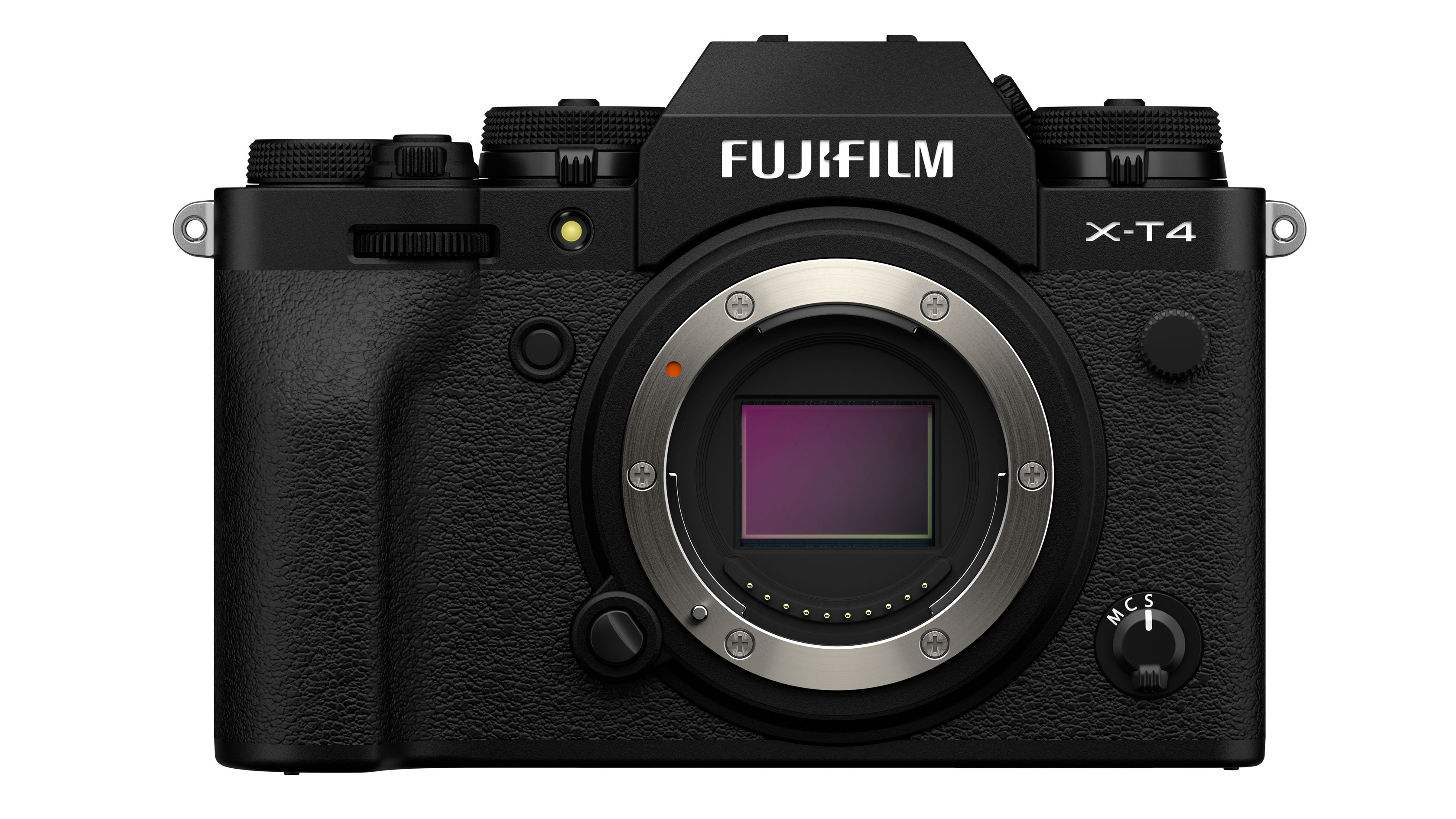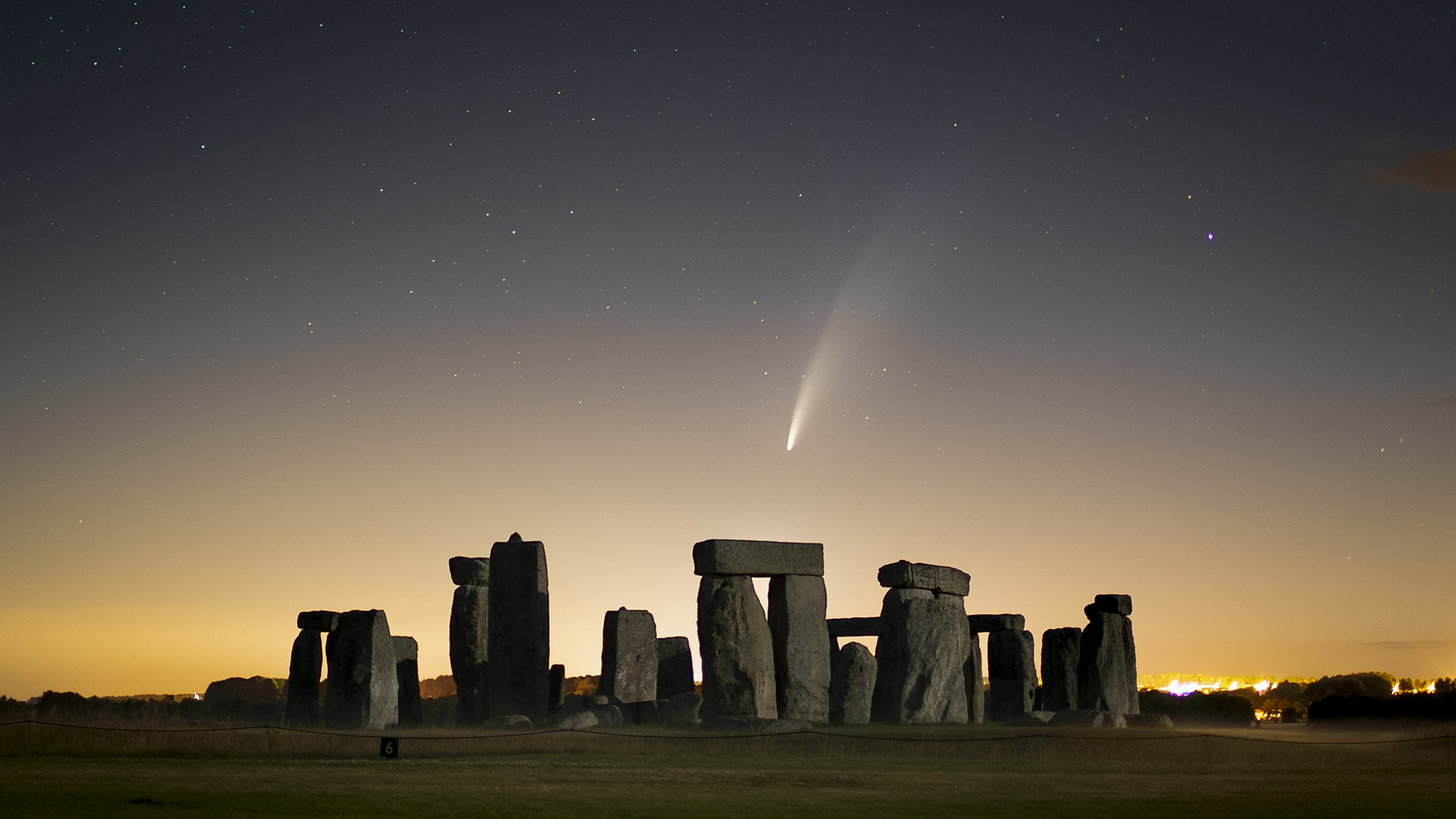
Inside every image-capturing device, from your smartphone to your Digital SLR, is a sensor. This sensor is what captures the light coming through the lens and ultimately results in a digital image being recorded. It works by capturing the light in tiny cavities called photosites. The bigger the photosites, the more light they’ll capture and the better the quality of the resulting pixels you get.
Not all sensors are the same size, and this is important because this has a direct effect on the amount of light used to capture a digital image. Although a complex process, the basic premise is that the larger the sensor is, the more information it can collect.
This is not the same as megapixels. Megapixels means the number of individual photosites on the sensor. The sensor size has a direct effect on how big these photosites are, and the bigger they are, the more light – hence data – they collect.
More data means better quality photos – assuming the pixel count is equal. That’s why a top-of-the-range 20-megapixel DSLR with a large full frame sensor is going to out-score in terms of image quality – dynamic range and digital noise etc – a fingernail-sized sensor that’s housed inside a typical smartphone or compact camera, even if the 'megapixels' are the same.
Full frame
When it comes to DSLRs and mirrorless cameras, not all sensor sizes are the same, even among a manufacturer’s own range, and this can lead to a lot of confusion. The largest DSLR or mirrorless sensor is referred to as Full Frame – and its physical dimensions are based on the old 35mm film format of 36mm x 24mm.
For anyone wanting the best possible quality from their images and the ability to print them out large for hanging on the wall, the quality of the digital file is very important. This is why DSLRs and mirrorless cameras with their larger sensors are the choice of keen photographers everywhere.
In general, full frame DSLRs and mirrorless cameras are the most desirable, but smaller format APS-C and Micro Four Thirds cameras will still yield image quality that's far better than a smartphone or a point and shoot camera.
Get the Digital Camera World Newsletter
The best camera deals, reviews, product advice, and unmissable photography news, direct to your inbox!

Crop factor
Smaller format APS-C and Micro Four Thirds sensors are sometimes called 'crop sensors' because the full frame field of view is effectively being cropped to a smaller sensor area. This means that lenses have a 'crop factor' applied when used on these cameras.
This crop factor will increase the effective focal length of the lens. For example, if you used the same 200mm lens on a Nikon camera with an APS-C sensor which is smaller than full frame, the effective focal length is increased by a crop factor of 1.5x, effectively becoming 300mm. This can be an advantage in terms of focal reach for some subjects, such as wildlife, but for wider-angle subject like landscapes, it’s potentially a disadvantage because you want a wide field-of-view, not a narrower one.
Crop factor varies with different manufacturers too. For example, a Canon APS-C sized sensor has a crop factor of 1.6x, while an Olympus Micro Four Thirds sensor crop factor is 2x.
Be sure to check what the sensor size is in your camera so when you buy a new lens, you can make sure it’s compatible. In general, you will be able to use full frame lenses on smaller sensor cameras from the same maker, but not always the other way round.
Read more:
• Best full frame DSLRs
• Best full frame mirrorless cameras
• Best cameras for beginners
• Best lenses to buy
Jon started out as a film-maker, working as a cameraman and video editor before becoming a writer/director. He made corporate & broadcast programmes in the UK and Middle East, and also composed music, writing for TV, radio and cinema. Jon worked as a photographer and journalist alongside this, and took his video skills into magazine publishing, where he edited the Digital Photo magazine for over 15 years. He is an expert in photo editing, video making and camera techniques.

